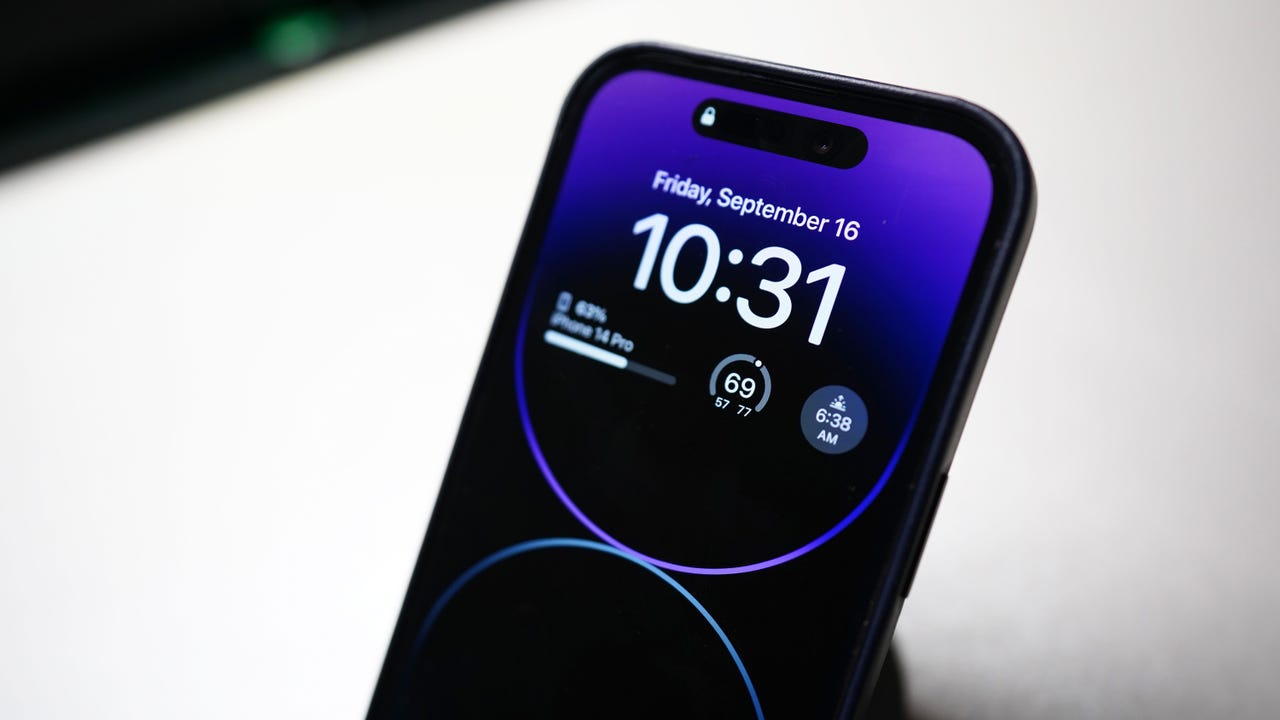'ZDNET Recommends': What exactly does it mean?
ZDNET's recommendations are based on many hours of testing, research, and comparison shopping. We gather data from the best available sources, including vendor and retailer listings as well as other relevant and independent reviews sites. And we pore over customer reviews to find out what matters to real people who already own and use the products and services we’re assessing.
When you click through from our site to a retailer and buy a product or service, we may earn affiliate commissions. This helps support our work, but does not affect what we cover or how, and it does not affect the price you pay. Neither ZDNET nor the author are compensated for these independent reviews. Indeed, we follow strict guidelines that ensure our editorial content is never influenced by advertisers.
ZDNET's editorial team writes on behalf of you, our reader. Our goal is to deliver the most accurate information and the most knowledgeable advice possible in order to help you make smarter buying decisions on tech gear and a wide array of products and services. Our editors thoroughly review and fact-check every article to ensure that our content meets the highest standards. If we have made an error or published misleading information, we will correct or clarify the article. If you see inaccuracies in our content, please report the mistake via this form.
iPhone 14 Pro battery draining? Turning off 'always-on' display won't help. Here's what will

Everyone wants their iPhone's battery to last longer, even if they've just bought a new iPhone 14 Pro or Pro Max.
Apple claims that the iPhone 14 Pro and Pro Max get "up to" 20 and 25 hours of video stream, respectively, but even that's not enough for some new owners.
ZDNET Recommends
The iPhone 14 Pro and Pro Max features an always-on display, and it seems that people believe that this puts a significant dent in battery life. That, or they've been reading one of the many "battery saving tips" posts on the internet that highlight this new feature as a big battery drain.
Well, is it?
Also: Apple's worst product has now become one of its best
There's only one way to find out, and that's to do some real-world testing.
There are a few different ways to do real-world testing, but here I decided to make things simple.
For this test I put the iPhone into Airplane Mode and then left it with the display on (and doing nothing) for a couple of hours, made a note of the drop in battery level, and then repeated the test with the display off.
It's quick and simple, and if there was going to be any significant improvement in battery life, it would show up in a couple of hours.
Bottom line, the always-on display makes little difference.
Just to be sure, I repeated the experiment, but this time I ran it for four hours, and again, the difference was negligible.
Also: How to take great macro photos with the iPhone 14 Pro and Pro Max
The always-on display is clearly a feature that's been optimized for the OLED ProMotion display, and turning it off buys you very little extra battery life.
That said, if you put your iPhone into Low Power Mode (tap on Settings > Battery and toggle Low Power Mode), the always-on display is one of the features disabled.
You can tell if the iPhone is in Low Power Mode because the battery icon turns yellow
So, if you're trying to get more battery life (maybe you're running out, or need to get through an especially long day), turning off the display is not going to help you.
What should you do?
Here are a couple of suggestions that will get you hours of extra battery life:
- Turn on Low Power Mode: You do lose some features, but this will dramatically extend your battery life
- Carry a power bank: I suggest something small like the Anker 622 Magnetic Battery which uses MagSafe so you don't need to carry a separate charging cable. See our review here.
